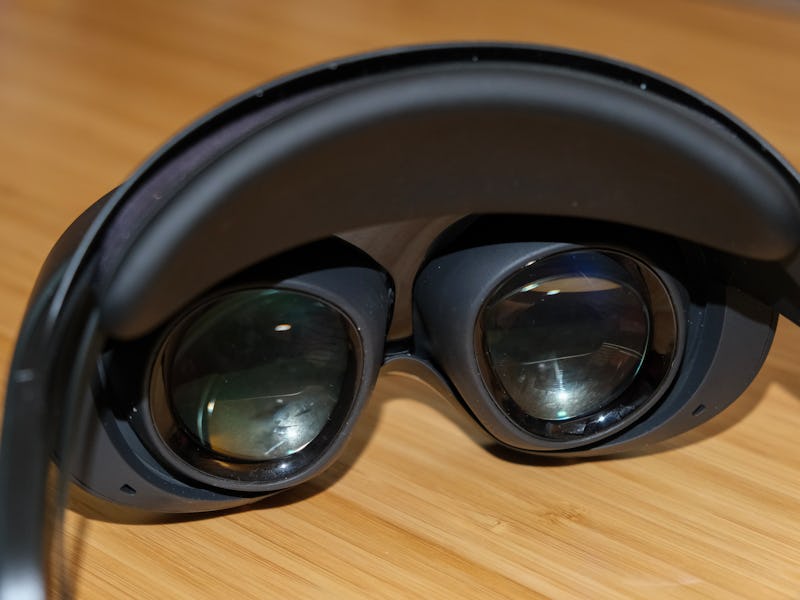The Quest Pro should work more like a TV or monitor
This one feature would make the $1,500 mixed reality headset more useful.

One of the best uses for a headset like the Quest Pro is for watching videos and movies on a theater-sized screen.
My 4K TV is pretty big at 65 inches, but watching Alice in Borderland Season 2 on it pales in comparison to watching it on a VR display that is 100 inches or larger. This brings me to a major gripe I have with not just the Quest Pro, but also the Quest 2: there’s no way to connect my phone, tablet, or laptop directly to the headsets to instantly watch content that’s not available in the Meta Quest Store.
It’s a huge shortcoming I’ve started to pick up on after recently taking the Nreal Air for a test spin. Unlike the Quest Pro, the Nreal Air is not VR; it’s a pair of AR smart display glasses that connects to a phone, tablet, or laptop, and mirrors their screens. Basically, it’s a virtual monitor inside of a pair of glasses, and it lets me watch any content from any service that I can from any connected device. I don’t think it’s unreasonable to expect a $1,500 headset to have a basic feature like HDMI video-in that the $379 Nreal Air has. In other words: Meta should make the Quest Pro work like a TV or monitor.
Meta Quest Store is lacking
Things would be different if Meta’s app store was overflowing with apps to watch content in, but it’s not. Netflix is available and so is YouTube VR, but where are other popular streaming services like Hulu, Disney+, or HBO Max? I really wanted to watch Chainsaw Man on a mega-sized virtual display but Crunchyroll isn’t in the Meta Quest Store.
With the Nreal Air, watching any content was easy as plugging in the USB-C cable it comes with into my MacBook Pro and getting everything mirrored into the Nreal Air’s micro-OLED virtual theater. It’s great! I can also do the same with an Android of iPhone, though you do need an adapter if you’re using an iPhone.
It’s not just streaming video or movies that the Nreal Air easily displays, it can also connect to consoles like the Nintendo Switch.
The Nreal Air AR smart glasses can display content on its virtual display from any device connected over a cable.
Sure, you can use Bigscreen or Skybox VR Player to stream files from your computer or NAS, and apps like Immersed or Virtual Desktop can stream your computer to your Quest headset, but they are nowhere near as seamless as simply plugging in a cable from your device into the headset.
Not to mention, streaming content from another device drains your Quest headset’s battery life faster. The 2-hour battery life on the Quest Pro drops pretty quickly with these apps. The Nreal Air has no battery, so only the connected device loses power.
Video input would be great
Video input from another device is a hardware feature. The Quest 2 and Quest Pro hardware doesn’t support video in. If Meta really wants the Quest headsets to replace your real monitors in an office setting, video-in would be one easy way to do it. The resolution and pixel density of the displays in the Quest Pro would have to get better for text to be more readable, but the Nreal Air is proof that it’s possible.
It’s not like I’m the only one wishing for video-in. There are tons of people demanding it. Meta needs to swallow its pride of building its closed Quest ecosystem and open it up, and then — who knows — maybe more people would be open to the idea of a metaverse or wearing VR headsets to do their computing.